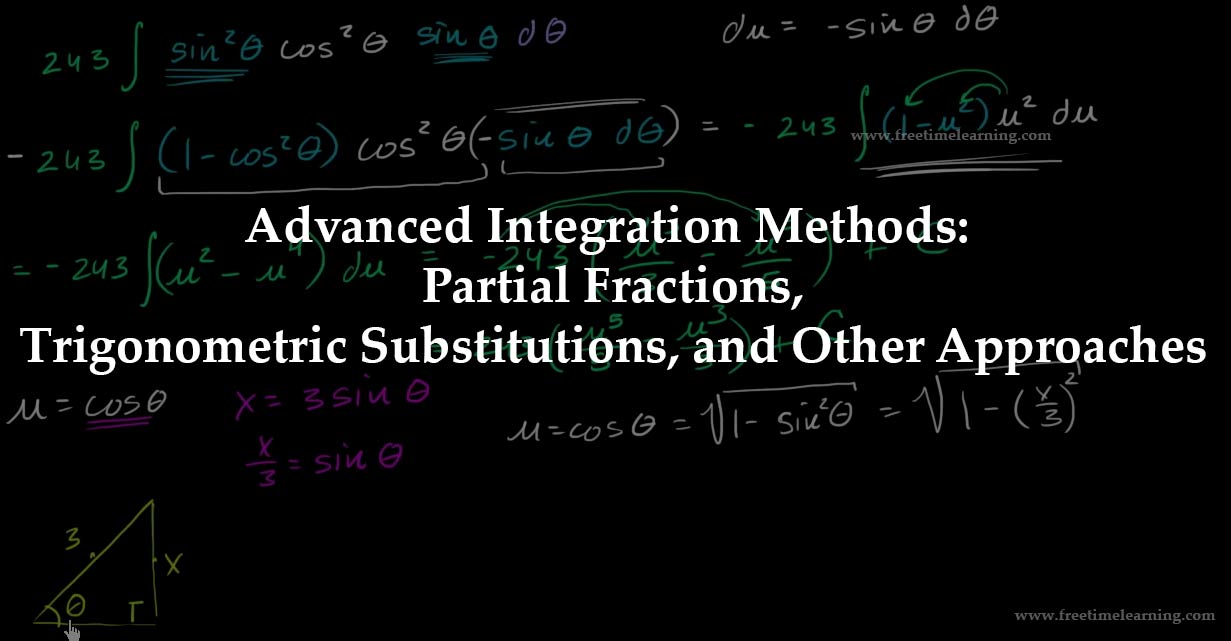
Publisher : Daisy Dagon

∫(3x^2 + 2x + 1) / (x^3 + 4x^2 + 5x) dx online Trigonometric Substitution Calculator. 1: x = a * sinθ : This substitution is useful when encountering square roots of the form √(a^2 - x^2). By substituting x = a * sinθ, we can rewrite the integral in terms of trigonometric functions, which makes it easier to solve.2: x = a * tanθ : Use this substitution for integrals that involve terms like √(x^2 + a^2). By substituting x = a * tanθ, we can simplify the integral and express it in terms of trigonometric functions.3: x = a * secθ : When integrating expressions with terms like √(x^2 - a^2), we can employ this substitution. By substituting x = a * secθ, we can rewrite the integral using trigonometric functions, making it more manageable.∫(x^2) / √(9 - x^2) dx. x = 3 * sinθ, we can transform the integral into a trigonometric expression. This simplification helps us solve the integral with ease.∫(x * cos(x)) dx, integration by parts provides a systematic way to approach it. We can also use an integral by parts calculator for calculating it online.online integral calculator.x = a * sinθ, x = a * tanθ, and x = a * secθ. These substitutions are used in different scenarios to simplify integrals and express them in terms of trigonometric functions.